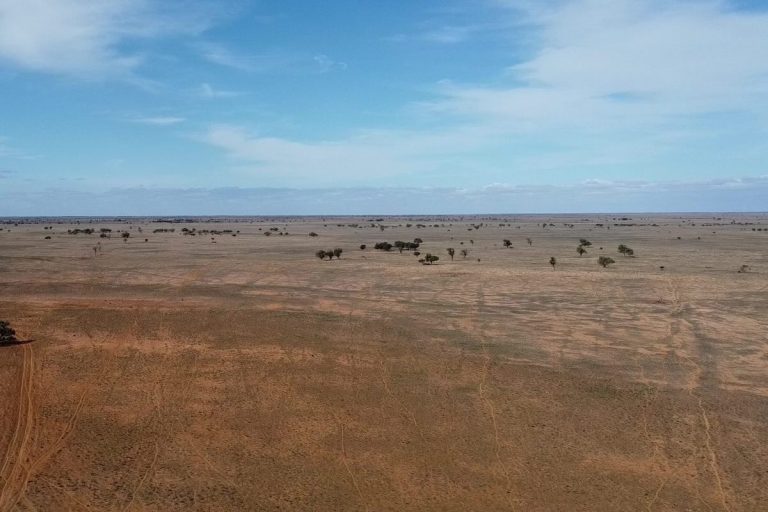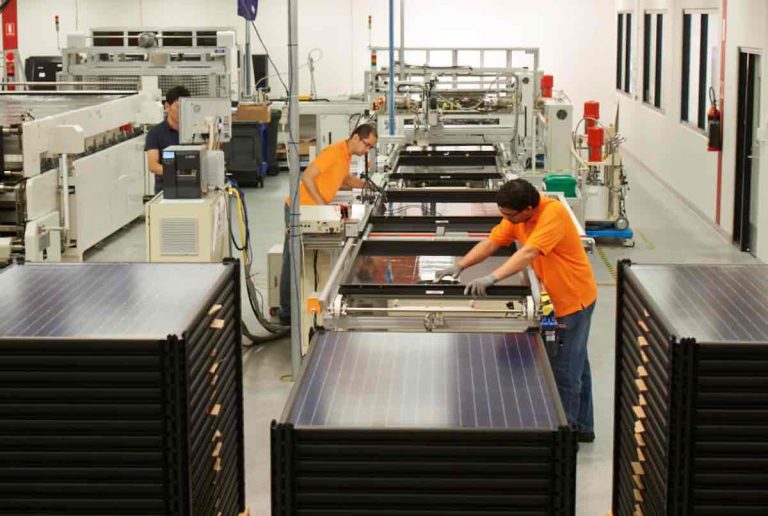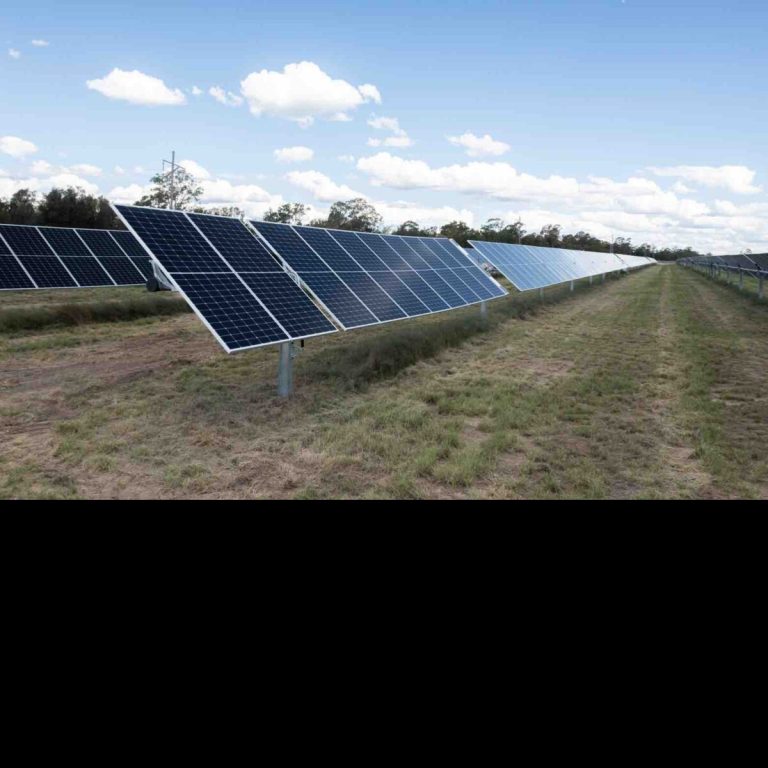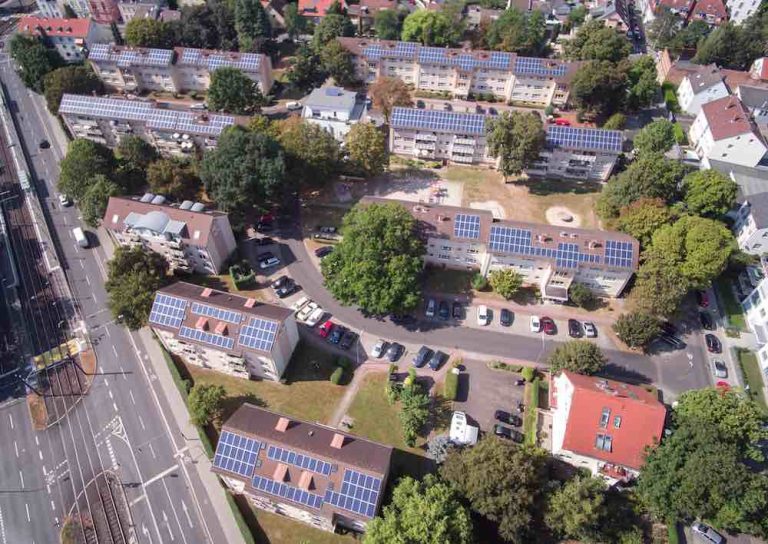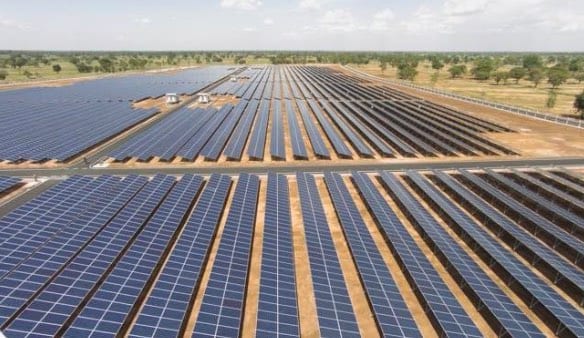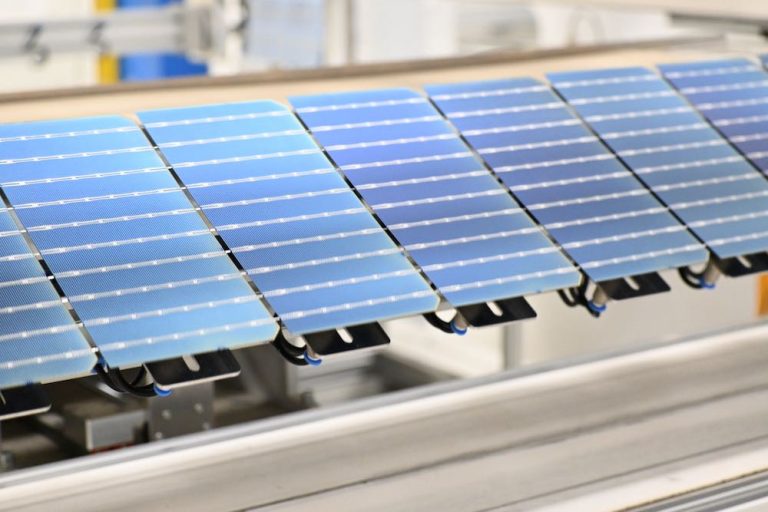Australia’s Solar Partnership with China
The Al Dhafra region in the United Arab Emirates, known for its sandy deserts and tourist attractions, is now the site of a groundbreaking energy project. Spanning 90 square kilometres, this desert area is witnessing the construction of the world’s largest hybrid solar photovoltaic (PV) and battery energy storage system (BESS) by Masdar. Valued at a staggering US$6 billion, this project is set to reach a capacity of 5.2GW for solar PV and 19GWh for BESS by the year 2027.
Compared to the current largest BESS in the southern hemisphere, NSW’s Waratah Super Battery, Masdar’s project is eleven times larger and is on track to be operational within the next two years. This development marks a significant milestone in the global advancement of solar and BESS technologies.
Technological Advancements and Market Trends
A recent report by Climate Energy Finance (CEF) titled ‘International Solar PV and BESS Manufacturing Trends’ sheds light on the rapid progress in solar PV and battery technologies across various regions including China, the European Union, the United States, India, Australia, and the Middle East up to early 2025. The report highlights a consistent decrease in prices for solar PV and batteries, with battery prices falling by 20% and Chinese panel prices plummeting by 37 to 46% in 2024. This cost reduction has led to a surge in solar PV installations, with nearly 600GW installed in 2024 alone.
Projections indicate a continued growth trajectory, with China expected to deploy 700GW of solar PV in the current year, potentially reaching 1,000GW annually by 2030. Concurrently, BESS installations are anticipated to triple within the same timeframe, driven by technological breakthroughs such as perovskite cell advancements, increased battery densities, and the integration of vehicle-to-grid technology.
The Rise of Solar PV and BESS Hybrid Systems
One of the key trends observed is the increasing deployment of BESS in conjunction with solar PV systems. In 2024, over 30% of global BESS installations were paired with solar PV, maximising the efficiency and economic viability of both technologies. This hybrid approach enables solar PV to operate optimally, even during non-daylight hours, by strategically discharging energy when fossil fuel generation is most profitable, such as at night.
Furthermore, the cost competitiveness of solar PV and BESS hybrid systems compared to traditional fossil fuel generation methods is evident, with these systems now rivalling fossil gas generation in Germany and coal-fired generation in India. This shift is expected to challenge the economic feasibility of fossil fuel-based power generation in various markets over the next decade.
Global Manufacturing Landscape and China’s Dominance
China emerges as a dominant force in the global solar PV and BESS manufacturing sector, with Chinese companies occupying 80-95% of the supply chain in these industries. The unparalleled scale, integration, expertise, and cost efficiency of Chinese manufacturers have positioned them at the forefront of the clean energy revolution.
Notable projects such as Masdar’s UAE venture and the Terra Solar project in the Philippines predominantly rely on Chinese suppliers for essential components. The bankruptcy of European manufacturers underscores the intense competition faced by Western companies against their Chinese counterparts.
China’s strategic investments in emerging markets, coupled with its technological edge, have reshaped the global energy landscape. Despite efforts by other nations to curb China’s influence through trade barriers, Chinese firms continue to expand their footprint in key regions, driving innovation and growth.
Australia’s Strategic Choices and Opportunities
Amidst this transformative period in the energy sector, Australia stands at a crossroads. The country has the opportunity to leverage partnerships with leading clean technology manufacturers, particularly China, to propel its renewable energy agenda forward.
By embracing innovative policies and fostering inbound investment while safeguarding national interests, Australia can capitalise on the shift towards zero-emission industries. Developing domestic production capacity for solar PV components and fostering renewable energy industrial zones are crucial steps towards securing Australia’s energy future.
As the global energy landscape evolves rapidly, Australia must act decisively to avoid falling behind. Collaborative efforts with key industry players and a focus on sustainable energy solutions will be vital in shaping Australia’s energy transition.
Authors: Harry Martin, Project Consultant at Climate Energy Finance; Tim Buckley, Founder and Director of Climate Energy Finance.

